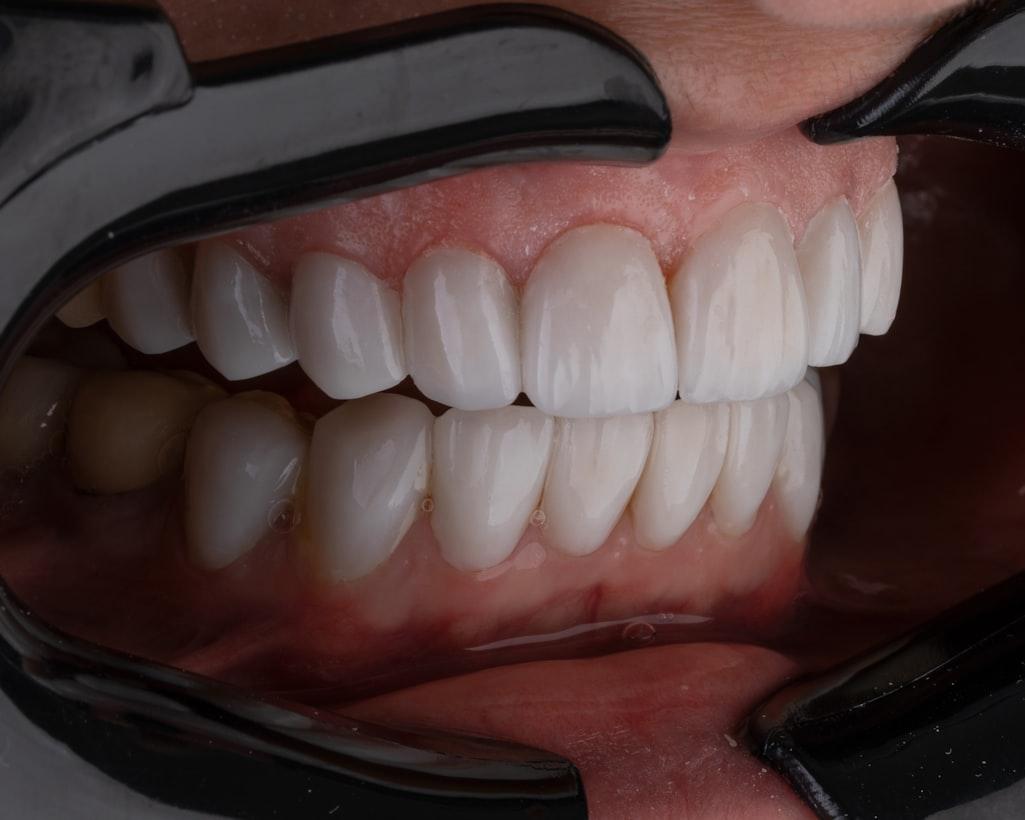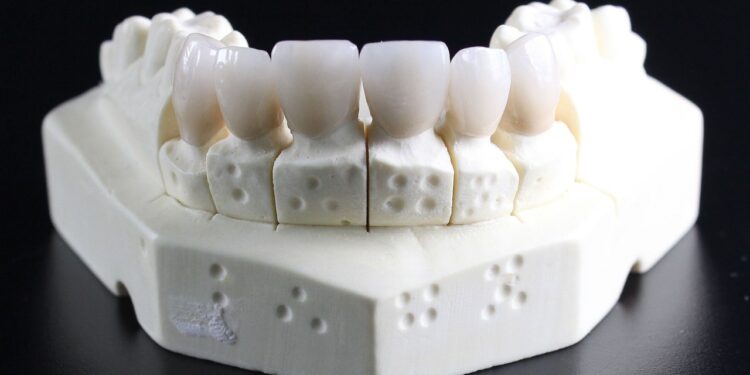Wisdom teeth are the third set of molars that grow at the very back of the mouth. Some people rage about wisdom teeth and the pain it causes them. However, if you notice the age range of people complaining about wisdom teeth, you’d see that they are between the ages of 17 and 25. But, it shows up differently for everyone. Some people don’t have any issues with them, while others do. In this article, we’ll look at the anatomy, function, symptoms, and causes of this.

Anatomy and Function of Wisdom Teeth
Wisdom teeth are often called “third molars.” These molars are found at the back of the mouth, one in each corner of the mouth, right behind the second molars.
They don’t really serve much of a function for us today. As of old, our ancestors depended on these wisdom teeth to chew tough foods like raw and hard food. With very little knowledge and advancement in technology, their diets were a lot tougher than ours, so extra molars were needed to grind down food. But now, with softer, cooked food and better tools for eating and cooking, we don’t really need them anymore.
Furthermore, compared to other teeth, they look and act like molars since they’re meant to help grind food. But most of the time, they don’t play a major role in how we chew, especially because they often come in wrong.
Symptoms of Wisdom Teeth Problems
- Pain at the back of your mouth or jaw
- Swelling around the gums
- Red and sore gums
- Bad breath
- An unpleasant taste in your mouth
- Difficulty opening your mouth fully or chewing
- Headaches
- Jaw pain
- Shifting of other teeth
Causes of Wisdom Teeth Problems
Wisdom teeth problems usually happen for a few reasons and the most common reasons are how they grow and the space available in the mouth.
Crowding in the mouth is a big issue. Most people just don’t have enough room for an extra set of teeth to grow properly. When the teeth try to squeeze in, they end up pushing against other teeth. Crowding can cause other teeth to shift or overlap.
The angle at which the teeth grow is the problem. Sometimes, instead of growing straight, they can decide to grow sideways, or it can even push against your other teeth. When that happens, they can get stuck under the gum (impaction).
Common Wisdom Teeth Problems
Wisdom teeth are problematic and that’s because there isn’t enough space in the mouth for them to grow properly. Because of that, they tend to cause problems while they grow.
Impaction: This happens when the tooth doesn’t fully come out of the gums because it’s stuck. It might be trapped under the gums or pushing against other teeth.
Pericoronitis: This is an infection that happens around partially erupted teeth. When the tooth doesn’t fully come in, it leaves a flap of gum over the top, which can eventually trap food and bacteria.
Cysts and Tumors: This is not very common but can form around impacted teeth. Tumors can also develop in that area, but most of the time, they’re noncancerous.
Bottom Line
In summary, wisdom teeth are the third set of molars at the back of your mouth. They were useful for our ancestors who needed extra help chewing tough, raw foods. But today, our diets are much softer, and we don’t really need these extra teeth.
Many people have issues with their teeth because there’s often not enough space in the mouth for them to come in properly. This can lead to problems like pain, swelling, and infections. For some, wisdom teeth grow at weird angles or get stuck under the gums, which can cause impaction or infections around the partially erupted teeth.

















